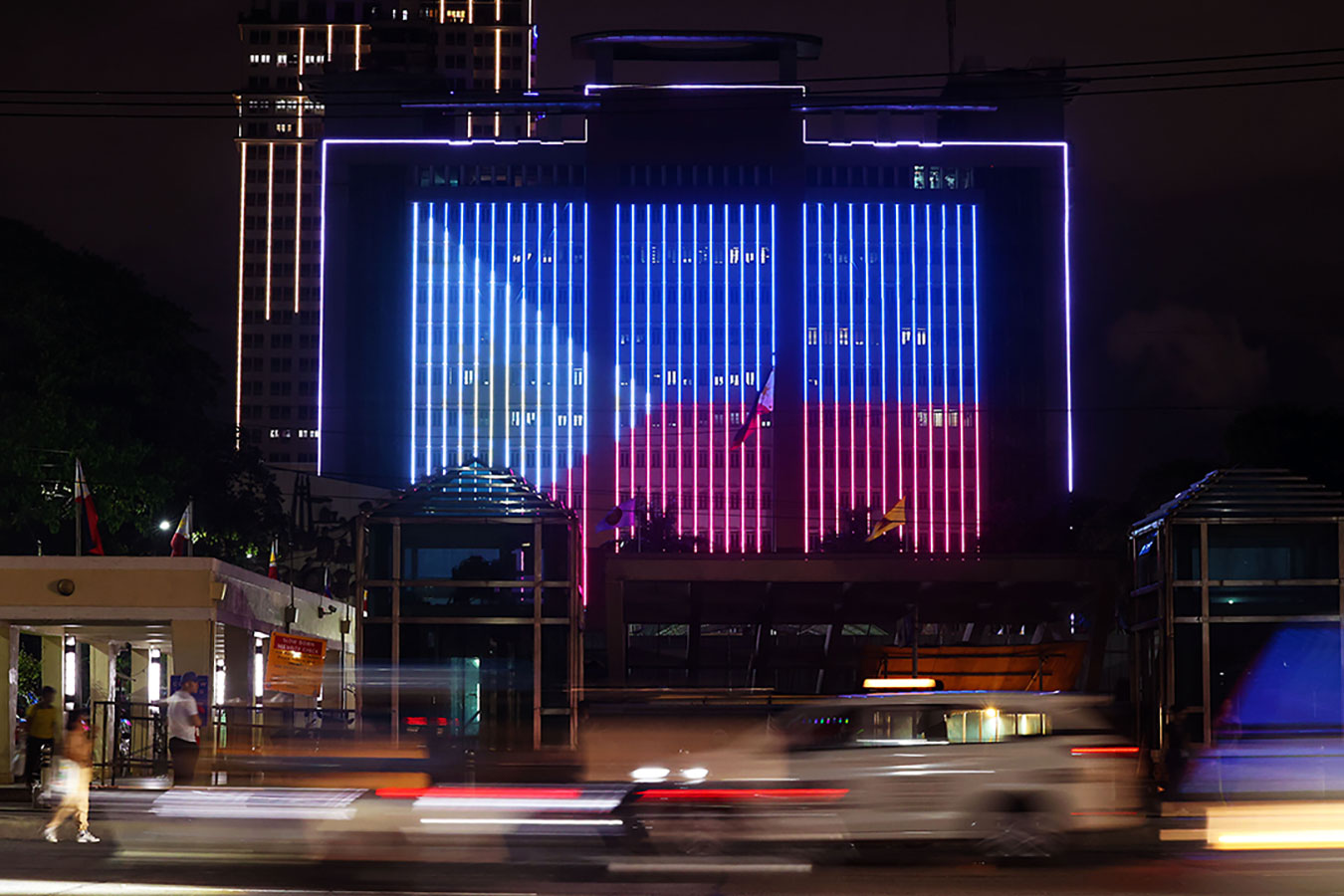




Philippines Trade Update: Trade trajectories trend along
 DOWNLOAD
DOWNLOAD

Policy Rate Updates: Double cut finale
 DOWNLOAD
DOWNLOAD

Monthly Economic Update: One for the road
 DOWNLOAD
DOWNLOAD


5.9% GDP growth seen in Q2

The Philippine economy may grow faster in the second quarter due to improved state spending, putting it on track to hit the low end of the government’s full-year target, according to First Metro Investment Corp. (FMIC) and the University of Asia and the Pacific (UA&P).
“We expect Q2 GDP (gross domestic product) to speed up to 5.9% and end the full year at 6% with a mild upward bias,” FMIC and UA&P said in The Market Call report released on Wednesday.
If realized, the second-quarter GDP growth of 5.9% would be faster than 5.7% in the first quarter and the 4.3% print a year ago.
The Philippine Statistics Authority will release second-quarter GDP data on Aug. 8.
FMIC and UA&P’s full-year forecast of 6% falls at the low end of the government’s 6-7% GDP growth target.
“We retain our nuanced optimism with respect to an acceleration that should start in (the second) quarter continuing for the rest of 2024,” they said.
“We base this on hefty employment levels, fiscal space that should enable the government to speed up spending, especially infrastructures.”
After weaker-than-expected first-quarter GDP growth, National Economic and Development Authority Secretary Arsenio M. Balisacan earlier said that GDP growth must average 6.1% in the next three quarters to meet the government’s target range.
The FMIC and UA&P said they do not expect to see a repeat of the “disappointing” first-quarter growth.
“We think that GDP growth will accelerate for the rest of the year boosted by robust employment gains, stronger manufacturing and output gains, and improved agriculture with El Niño heat over,” they said.
FMIC and UA&P said a potential 25-basis-point (bp) rate cut by the Bangko Sentral ng Pilipinas (BSP) in the third quarter would also boost domestic demand.
The Monetary Board earlier this month kept its benchmark interest rate at a 17-year high 6.5% for the fifth straight meeting. However, the BSP signaled a possible rate cut by August.
Headline inflation would also likely quicken to the upper end of the central bank’s 2-4% target in July before slightly cooling to 3% in August amid easing rice and crude oil prices, FMIC and UA&P said.
“Hefty” employment levels and faster government spending, particularly on infrastructure, would also help drive GDP growth, FMIC and UA&P said.
However, the peso may stay under pressure in the July-to-September period amid high trade deficits and a stronger US dollar, they said.
The local unit closed at PHP 58.42 a dollar on Wednesday, weakening by 45 centavos from its PHP 57.97 finish on Tuesday, Bankers Association of the Philippines data showed.
This was the peso’s worst finish in over 18 months or since its PHP 58.58-per-dollar close on Nov. 7, 2022.
“While April has not favored bond and equity risk taking, the recovery in May is likely due to the expected cut in BSP policy rates in August and to quarter one earnings much above expectations portends a more promising second half,” FMIC and UA&P said. — Beatriz Marie D. Cruz
This article originally appeared on bworldonline.com





 By BusinessWorld
By BusinessWorld